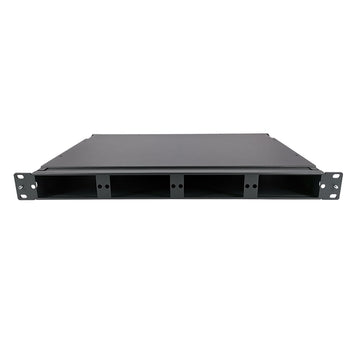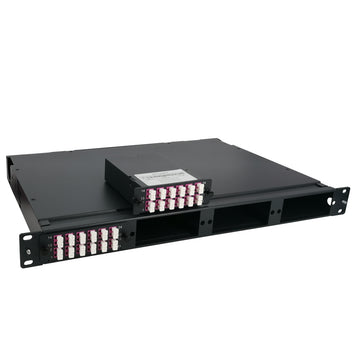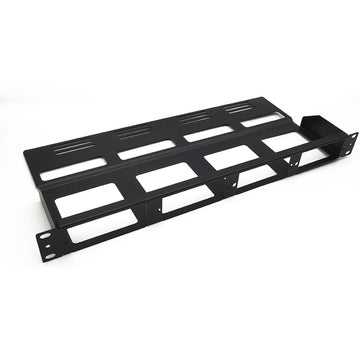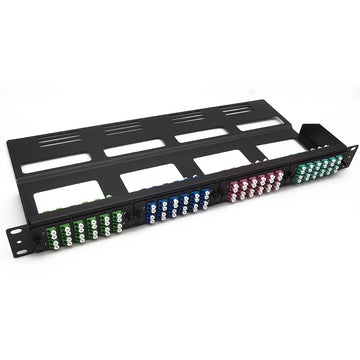How Fast Fiber Optic Cable Speed Is
What is the Maximum Supported Throughput of a Cat6 Cable
The maximum supported throughput of a cat6 cable is 10Gbps. We use different types of cables to connect to different devices. Typically, the most common cable is Twisted or coaxial cable. All these are using depending on the network topology, hardware, software, or network size. All these connections belong to the physical layer. Let us know the different category cables with their maximum supported throughput. The different bandwidth separates the twisted pair into different categories and classes. Usually, there are two main standards. They are- ISO(International ISO standard)
- American TIA/EIA standard
Fiber Optic Cable Speed Introduction
Fiber optic cable contains strands of optically pure glasses. For the glasses, they are thinner than a human hair and can carry digital information over a long distance. Digital signals are sent as pulses of light without interference or limitation. In that way, the digital transport system is faster and more reliable.Fiber optic technology enables more information to be transmitted in a shorter period than older internet technology, such as cable and DSL. The greater data rate will lead to quicker fiber optic cable velocity, greater quality streaming, and a better internet experience for internet users. Fiber optic technology allows for more data to be transferred in a shorter time than the older internet technology, like cable and DSL. For internet users, the higher data rate will lead to faster fiber optic cable speed, higher-quality streaming, and a better internet experience.Single Mode and Multimode Fiber Optic Cable Speed Introduction
Fiber optic cable comes in two types: single mode fiber and multimode fiber. Under these two types, there are many sub-branches, such as the single mode LC fiber for long distance transmission and the multimode LC fiber for short distance transmission. However, they also have the respective fiber optic cable speed for distinct kinds of cables.
Single Mode Fiber Optic Cable Speed
Single mode cable is a single strand of glass fiber with a relatively narrow diameter, about 8.3 to 10 microns. Usually, it has one mode of transmission that propagates at the wavelength of 1310nm and 1550nm. When light passes through the core of a single mode fiber, the small size of the core reduces light reflections. Therefore it lowers fiber attenuation and increases the distance that signals can travel and preserve signal quality. Whether single mode fiber operates at 100 Mbit/s or 1 Gbit/s data rates, the transmission distance can reach to at least 5km. Thus it’s commonly used for long distance and higher bandwidth applications.
Multimode Fiber Optic Cable Speed
Single mode fiber and multimode fiber are capable of achieving the same speed from 1Gbps to 100Gbps. Multimode fiber is made of glass fiber with a diameter size from 50 to 100 microns. With a larger core, it can guide many modes simultaneously. This gives rise to the more data transit through the multimode fiber core. Moreover, it will bring higher light reflection, dispersion, and attenuation rates. Multimode fiber provides higher bandwidth at higher fiber optic cable speed. It is mostly used for short distance communication, such as within a building or on a campus. Typically, the multimode fiber optic cable speed and the transmitting distance limits are 100 Mbit/s for distance up to 2 km (100BASE-FX), Gbit/s up to 1000m, and 10 Gbit/s up to 550 m.

The following chart lists the transmission distance of SMF and MMF at different fiber optic cable speeds:
| Fiber Optic Cable Type | Fiber Optic Cable Distance | ||||||
| Fast Ethernet 100BASE-FX | 1G Ethernet 1000BASE-LX | 1G Ethernet 1000BASE-SX | 1G Base SE-SR | 4G Base SR4 | 100G Base SR10 | ||
| Single mode fiber | OS2 | 200m | 5000m | 5000m | 10km | / | / |
| Multimode fiber | OM1 | 200m | 275m | 550m(mode conditioning patch cable required) | / | / | / |
| OM2 | 200m | 550m | / | / | / | ||
| OM3 | 200m | 550m | 300m | 100m | 100m | ||
| OM4 | 200m | 550m | 400m | 150m | 150m | ||
| OM5 | 200m | 550m | 500m | 400m | 400m | ||












